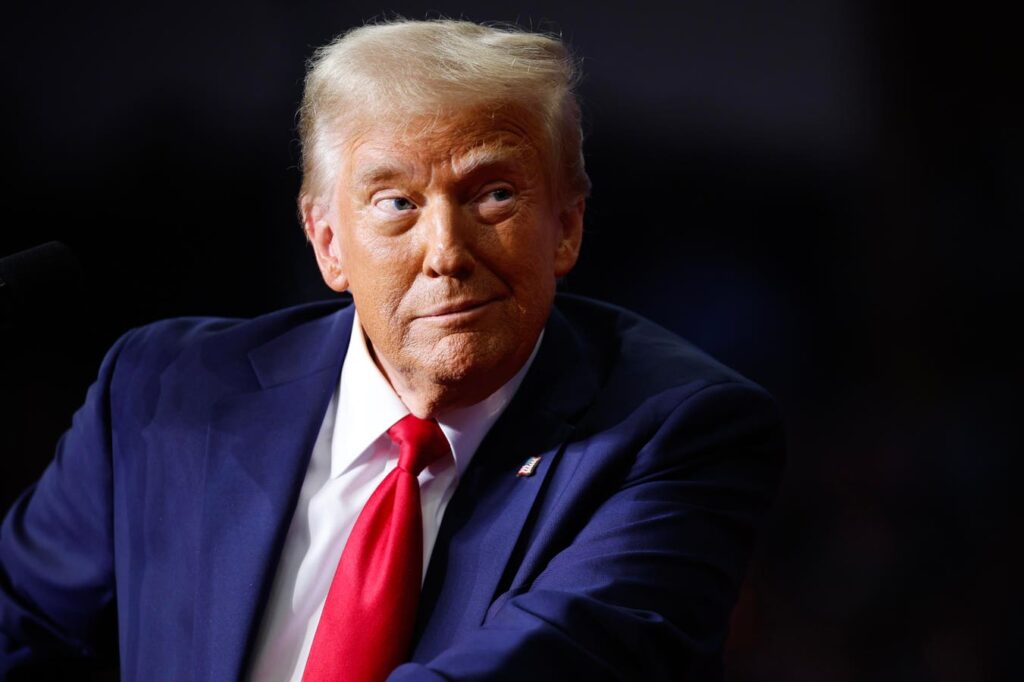As the 2024 presidential election approaches, the anticipation surrounding former President Donald Trump’s potential reelection is creating a dynamic shift in the investment landscape. With Trump’s campaign targeting critical battleground states like Pennsylvania, North Carolina, and Michigan, investors are reminded to reassess their strategies in light of possible political changes. The sentiment among income investors is shifting dramatically, urging a strategic pivot from past successful trades to more promising future investments under a Trump 2.0 administration. It is essential to recognize that market conditions might become unpredictable, thus requiring a recalibration of portfolios to align with sectors that may thrive in a new political and economic environment.
In the past fifteen months, market trends have favored bonds, particularly during a period when Wall Street was largely skeptical about fixed income investments. As bonds were significantly undervalued then, contrarian investors took advantage, capitalizing on attractive yields. This narrative, however, appears to be reaching a turning point. With ongoing inflationary pressures and expected increases in interest rates during Trump’s second term, traditional bonds look less appealing for long-term investors. As such, a focus on dividend growth stocks is emerging as the preferred alternative for those wary of stagnant bond markets. This transition reflects a broader economic mindset that anticipates continued volatility and fluctuating rates over the coming years.
The reaction of the financial markets to the Federal Reserve’s recent rate cuts serves as a key indicator of investor sentiment. Despite significant cuts aimed at stimulating the economy, yields on long-term Treasury bonds have surged dramatically, signaling apprehension concerning persistent inflation. Investors are reminded that the current economic landscape is unstable, as evidenced by the bond vigilantes—market participants who influence bond markets by selling off bonds when they sense inflationary threats. This environment may disadvantage fixed-income securities, compelling investors to seek growth-oriented assets that can provide both appreciation and income, pivoting away from historically safe investments often likened to bonds.
Moreover, the Federal Reserve’s direction under Chairman Jay Powell is characterized by a continued attempt to inject liquidity into the economy, even amid rising inflation concerns. The Fed appears to maintain a stance of monetary easing, likely out of political necessity, especially considering the relationship dynamics with Trump. Enhanced liquidity typically benefits stock markets, meaning that equities may outperform bonds in the current climate, given the anticipated increase in consumer spending. These factors contribute to an overall bullish sentiment in stocks, implying that strategic investors should redirect their focus toward growth sectors rather than remaining tethered to conservative bond investments alongside their traditionally lower returns.
Flipping the investment narrative, there are compelling sectors that stand to thrive in the anticipated Trump 2.0 economy. For instance, EOG Resources (EOG), a leading player in the energy sector, presents an attractive opportunity for growth. With a history of impressive dividend increases and a robust portfolio of drilling permits, EOG is poised to capitalize on rising energy prices anticipated from increased economic activity. The company’s ability to return a significant portion of its cash flow to shareholders through regular and special dividends positions it favorably in a climate of rising inflation, thereby providing a robust hedge against economic instability.
Similarly, FedEx (FDX) stands out as another prime candidate for income-focused investors. The company is directly linked to the booming e-commerce sector, which has gained momentum as consumer spending continues to shift towards online shopping. As FedEx navigates this growth, its cash flow and dividends are expected to increase, making it an enticing buy. Recent market fluctuations have provided opportunities to enter at lower price points, with FedEx responding positively to the overarching trend of sustained e-commerce growth. Thus, investors who adopt a proactive stance, embracing these dynamic growth sectors, stand to benefit substantially as the economic landscape evolves over the next four years under a new Trump administration.
In summary, as the political climate heats up in the lead-up to the election, income investors are urged to adapt their strategies in anticipation of a Trump 2.0 presidency. The shift from bond investments towards dividend growth companies reflects the evolving economic narrative characterized by inflationary pressures and increased market volatility. By focusing on growth sectors like energy and logistics, investors can better safeguard their portfolios against inflation while potentially reaping significant rewards in a rapidly changing economic landscape. Keeping a pulse on market trends and aligning investment strategies with anticipated political and economic shifts will be crucial for maximizing returns and securing financial stability in the years ahead.

